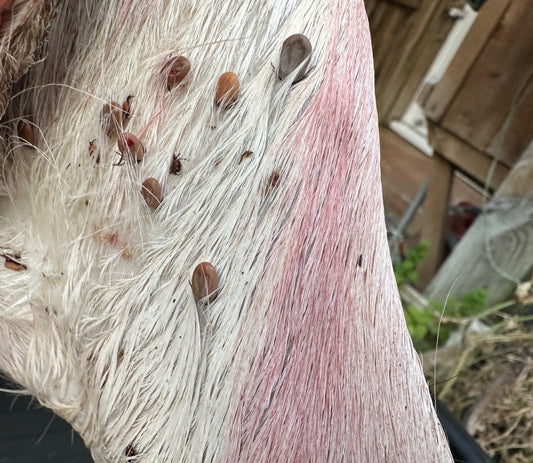The realm of deer management encapsulates a vast array of strategies, of which one pivotal aspect is the judicious placement of high seats. High seats are more than just a vantage point for observation and culling; they are a crucial element that can significantly amplify the success rate of a culling operation. The elevation they provide facilitates a wider field of view, a safer shooting angle, and often, a more successful deer management endeavour.

Understanding the nuances of deer movement is foundational to deciding where to place your high seats. This entails a meticulous study of their daily routines, favoured feeding and bedding spots, and the trails they frequently traverse. Being privy to deer behaviour is invaluable; hence, investing time in observing their patterns or consulting with local deer management experts is highly recommended.
The geography of your land is a significant determinant in high seat placement. Here are some key factors:
- Visibility: Positions on gentle slopes or elevated grounds often yield extended visibility.
- Accessibility: The high seat should be easily accessible regardless of weather conditions to ensure a smooth operation.
- Wind Direction: Given the keen sense of smell deer possess, positioning the high seat downwind of anticipated deer movement is essential.
Safety is paramount. The high seat should be positioned in a manner that provides a safe shooting angle, minimising the risk of bullets travelling beyond the intended area. Moreover, the structural integrity of the high seat is crucial to prevent accidents.
Close, but not too close – that’s the mantra when it comes to proximity to deer pathways. Placing the high seat near established deer trails, yet at a distance that doesn't disturb their natural movement, is key to a successful cull.
Concealment is crucial to remain unnoticed by the deer. Utilising natural vegetation for camouflaging the structure while ensuring it doesn’t obstruct the view is a practical approach.
Deer movement patterns are susceptible to change with the seasons, influenced by food availability and breeding cycles. Adapting the placement of high seats to these changing patterns is essential to maintain cull efficiency.
Recording the outcomes concerning different high seat placements over time is prudent. This data serves as a reservoir of insights for making informed decisions in subsequent deer management operations.
Engagement with neighboring landowners and local deer stalking communities can foster a collaborative approach to deer management. Sharing insights and experiences can broaden understanding and enhance the collective deer management endeavour.
Mastering the placement of high seats, amalgamated with a profound understanding of deer behaviour and a collaborative community approach, significantly augments the chances of a successful cull. This meticulous strategy resonates with the broader goal of ecological balance and agricultural sustainability, the core ethos of Wildscape Deer Management.




